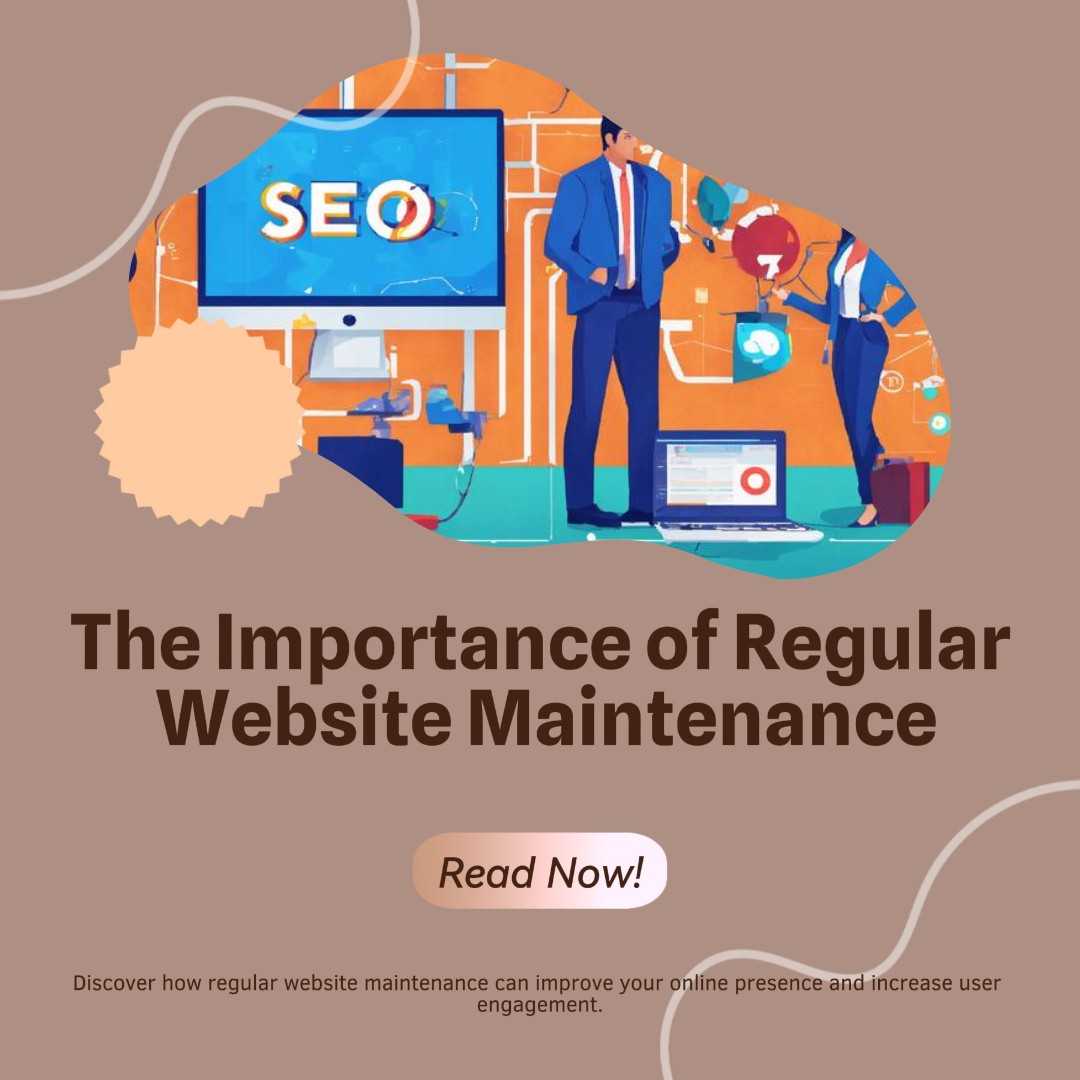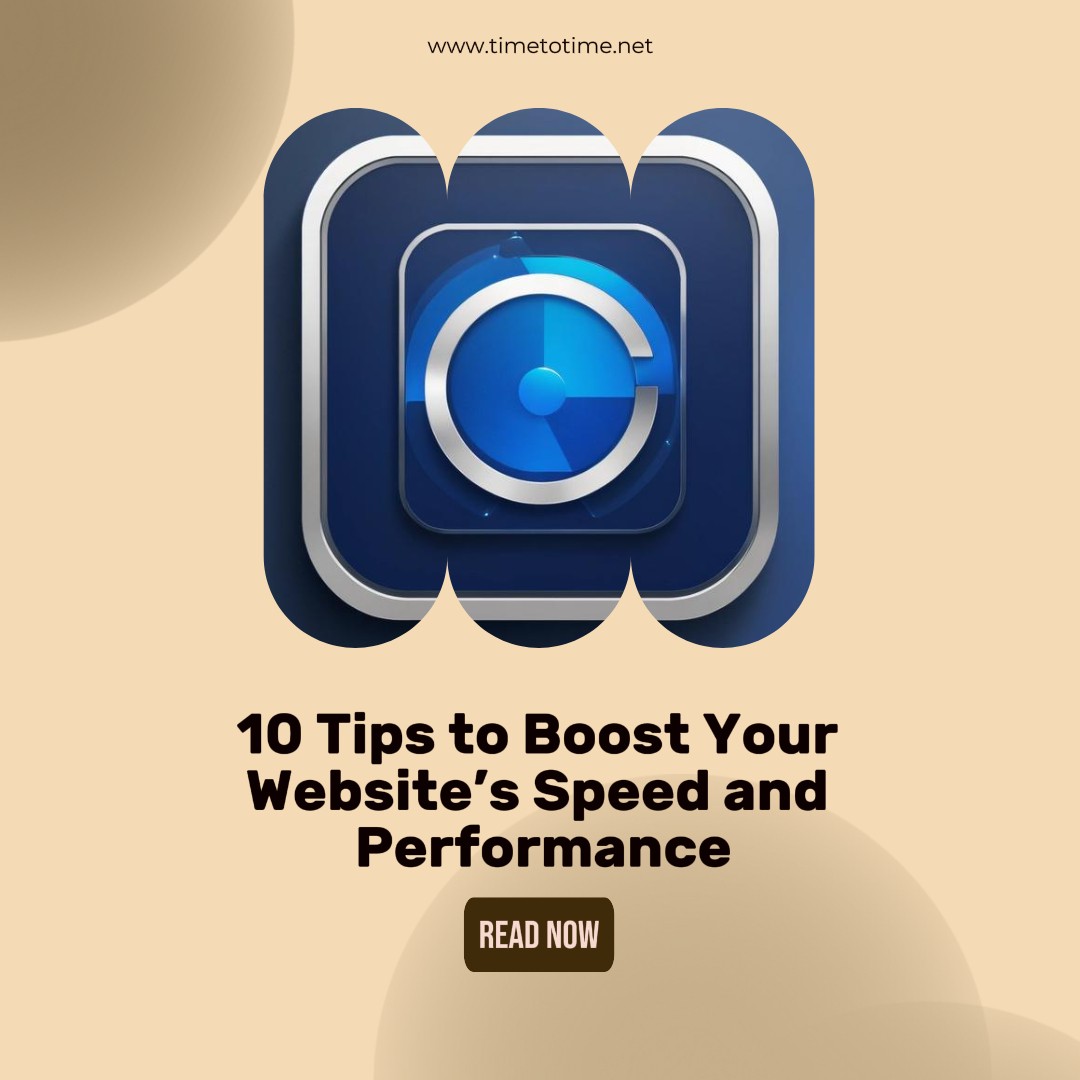With so many options out there, it can be a little overwhelming to choose appropriate tools for a web development project. No matter if you are developing a simple website or an intricate web application, the right tooling can be all that stands in between your project and failure. But how do you know which tool will suit your needs? In this article, we’ll take a close look at how to select the best tools for your web development project and will provide practical advice that’s easy to understand and implement.
Table of Contents
- Introduction to Web Development Tools
- Understanding Your Project Needs
- Front-End Development Tools
- Back-End Development Tools
- Choosing the Right Framework
- Content Management Systems (CMS)
- Version Control Systems
- Collaboration and Communication Tools
- Testing and Debugging Tools
- Performance Optimization Tools
- Security Tools
- Tools for Deployment and Hosting
- Cost Considerations
- Finalizing Your Toolset
- Conclusion
1. Introduction to Web Development Tools
Whenever you try to build a web development project, you go on a journey; with any journey, having the proper tools can make the trip smoother, faster, and more enjoyable. But what exactly is a web development tool? They are the programming languages and frameworks, the content management systems, the security solutions. Each of them serves a certain purpose and will help you in achieving that particular aspect of your project.
2. Understand the Requirements of Your Project
Before delving deep into the ocean of web development tools, take your time to understand what your project actually requires. Are you making a personal blog, an e-commerce site, or maybe a social networking portal? The nature of your project will significantly influence the tools you’ll be choosing. For instance, a simple blog might just need a simple CMS like WordPress, whereas an e-commerce platform would need a much stronger backend framework along with tools for security.
Key Questions to Ask:
- What is the scope of the project?
- Who is the target audience?
- What features are vital?
- How much scalability will the project require?
Understanding these elements then will help you make the proper decisions and choices about what tools to utilize.
3. Front-End Development Tools
The front end is what the user sees and interacts with, so one wants to make sure a flawless, enjoyable experience is available. Below are some well-liked front-end tools:
a. HTML, CSS, and JavaScript
These three are the fundamental languages for the development of the web: HTML structures your content, CSS styles it, and JavaScript adds interactivity.
b. CSS Frameworks
Frameworks like Bootstrap and Tailwind CSS make responsive and nice-looking websites from scratch easier.
c. JavaScript Libraries and Frameworks
React, Angular, and Vue.js can be pointed out as preferred options to create dynamic user interfaces by developers.
4. Back-End Development Tools
The front end may be the pretty face, but the back end is where all the magic happens. The selection of appropriate back-end tools becomes central in developing a functional and secure web application.
a. Server-Side Languages
Some of the languages which drive the back end include Node.js, Python, Ruby, and PHP. All these languages have their strong points and are suited to different types of projects.
b. Databases
Your choice of database, whether MySQL, PostgreSQL or MongoDB, would influence the way that data will be stored, retrieved, and managed in your application.
c. API Management
Postman and Swagger are some of the most important tools you can use to develop and test APIs so different parts of your application can talk to each other.
5. Choosing the Right Framework
Frameworks are like the foundation of a building. They provide a structured approach to building your project with minimum waste of time and effort, and they save your headaches in later stages.
a. Frontend Frameworks
React, Angular, and Vue.js remain a few of the top picks. Each has its strengths and weaknesses; make sure to pick the one that will suit your project’s requirements.
b. Backend Frameworks
For the back-end, consider using a framework like Express, Node.js, Django on Python, or Ruby on Rails. This will give one some ready tools and libraries to assist in the development process.
6. Content Management Systems
If your project is related to managing huge volumes of content, a CMS would be what you need. These are platforms like WordPress, Joomla, and Drupal, where you’ll be able to manage your content without messing around with codes.
a. WordPress
WordPress is the most popular CMS, which has gained its fame due to its friendly interface and great library of plugins.
b. Joomla and Drupal
Joomla and Drupal are more flexible and allow deeper customization than WordPress; however, both demand a greater learning curve than WordPress.
7. Version Control Systems
Version control systems help track changes in your code and collaborate with other developers in their contributions.
a. Git and GitHub
Versioning: Git is the most utilized versioning system, and GitHub is a site where one hosts and shares their repositories.
b. Alternatives
GitLab and Bitbucket are some of the available options that offer similar functionality, with minor differences in features and pricing.
8. Collaboration and Communication Tools
Any web development project requires effective collaboration and communication, even if you are working in a team.
a. Project Management Tool
Trello, Asana, Jira: tools to handle tasks and deadlines as well as responsibilities.
b. Communication Tools
Team options include Slack and Microsoft Teams. These are widely used because these tools offer integrations with other tools and services.
9. Testing and Debugging Tools
Testing saves time and headaches, since it ensures everything is working as expected in web development.
a. Automated Testing Tools
Selenium and Cypress have become synonymous with browser testing automation and prevent bugs from reaching users.
b. Debugging Tools
Chrome DevTools and Firebug help you debug front-end problems; when it comes to back-end debugging, you’ll probably need some other tools like Postman or log analyzers.
10. Performance Optimization Tools
Performance matters a lot in user experience and in SEO. Slow loading websites are going to frustrate your visitors, which hurts your search rankings.
a. Page Speed Tools
Examples include Google PageSpeed Insights and GTmetrix, which will analyze the performance of your website and will offer recommendations on areas of improvement.
b. Image Optimization
Tools such as TinyPNG and ImageOptim will compress images so that quality is maintained, but load times are faster.
11. Security Tools
Security should not be an afterthought when it comes to web development. It is important to protect your site from various threats such as hacking, malware, and data breaches.
a. SSL Certificates
SSLs encrypt data transmitted between your website and users, thereby securing sensitive information such as passwords and credit card details.
b. Web Application Firewalls (WAF)
The WAF, such as Cloudflare or Sucuri, acts as an additional layer of security filtering the malicious traffic before it reaches your site.
12. Deployment and Hosting Tools
After you have your web development project built, you are going to need to deploy it so that it is live. You are also going to have to choose a hosting provider.
a. Deployment Tools
Some of the deployment tools include Docker and Jenkins. These automatically automate the deployment process and make the job of launching updates and rollback changes if needed very easy.
b. Hosting Providers
You should, therefore, consider the needs of your project and then ascertain the most appropriate hosting provider. Some of the top options provided include AWS, Google Cloud, and DigitalOcean.
13. Cost Considerations
Budget has always been one of the key factors when web development was to be pursued. Some are free, while the others come with their cost. Assess the benefits against the expenses that you invest in.
a. Free vs. Paid Tools
Free tools such as WordPress or GitHub provide great functionality, but their paid alternatives may offer extra features, support, or reliability.
b. Long-Term Costs
Have in mind the long-term cost of maintaining your project, including hosting, updates, and any scaling requirements that you may or will have.
14. Finalizing Your Toolset
From looking at all the options, it is now time to decide on your tools. Make sure the tools that you will be using work well together and follow all the needs of your project, as well as your personal budget.
a. Compatibility
Ensure that selected tools can support each other to avoid long-term integration problems.
b. Future Proof
Use tools that stand a good chance of being supported and updated in the near future; this provides the best chance of making your project viable when technology marches on.
15. Conclusion
The choice of tools used in the project is a critical step for any web development project, and the correct choice may be the line between success and not. By keeping in mind what your project needs, evaluating different tools, and assessing their applicability, including their cost and compatibility with other tools, one will be able to assemble a tool set that will help you build a successful and sustainable web application. Just like partners, the right tools can make the journey smoother, efficient, and ultimately more rewarding.
Frequently Asked Questions
What’s the most important tool employed in web development?
The most crucial tool depends on your requirements. However, if there’s only one to appoint for a good version control system, it would be Git for tracking changes among other activities of collaboration.
Should I be using a CMS for my project of web development?
If the project has a lot of content that is going to need updating frequently, using a CMS like WordPress could prove quite useful.
How would I decide between several front-end frameworks?
The complexity of your project, how well the team is used to it, and supporting forces within the community: React, Angular, or Vue.js.
Are paid tools necessary to get started with web development?
No, while some free tools might be pretty feature-rich, paid ones perhaps are more functional, have many features included, get better support, and can be more reliable.
Which tools do you recommend for optimizing website performance?
Google PageSpeed Insights and GTmetrix are some excellent tools that will help you understand and optimize your website’s performance.





